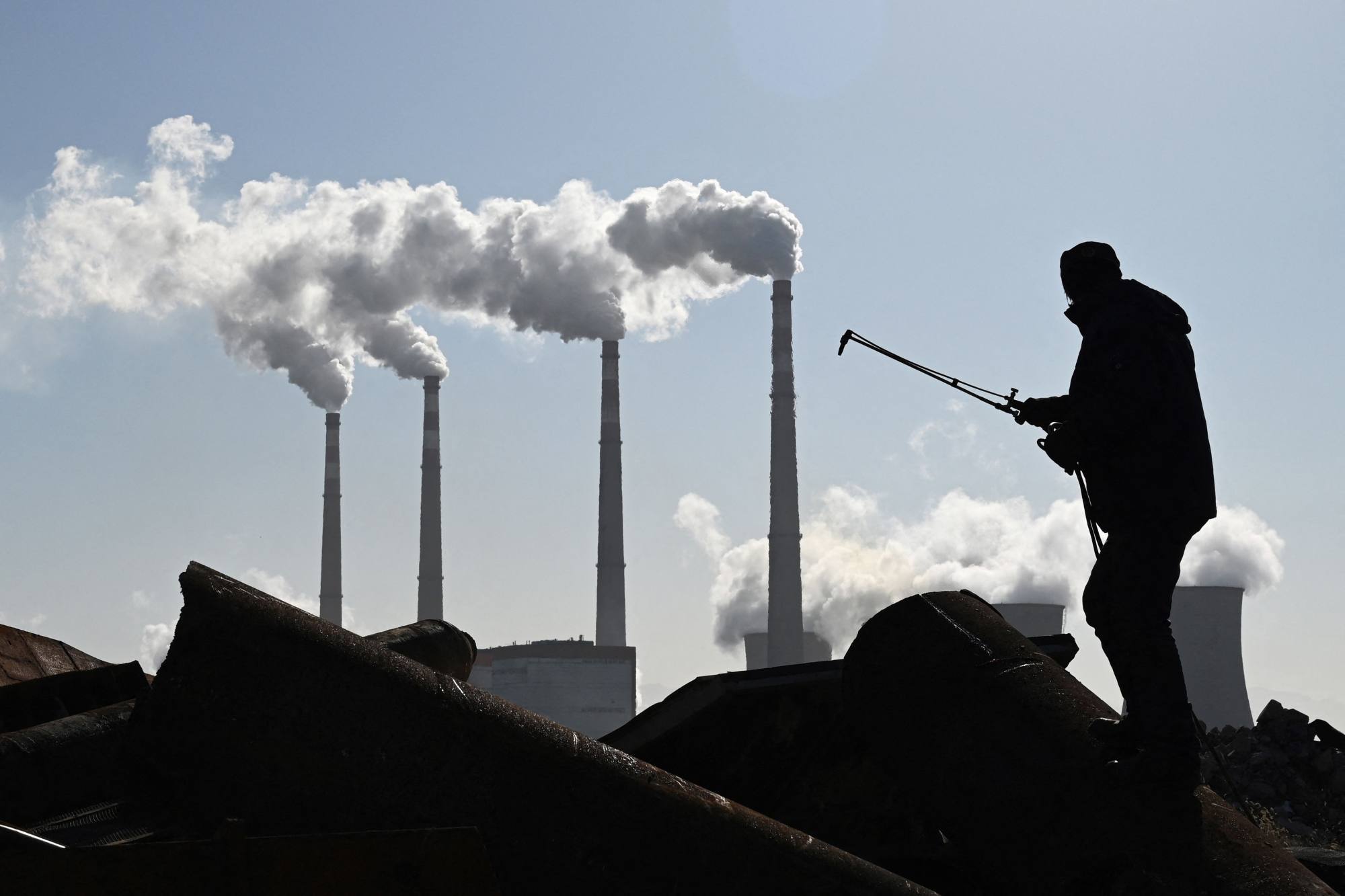
Climate change: global steel sector’s transition from coal-based production risks stranding US$554 billion of assets, report says
- Around 368 million tonnes of coal-based steelmaking capacity is under development in countries with net-zero carbon commitments, a Global Energy Monitor report said
- 68 per cent of the steelmaking capacity worldwide uses conventional coal-based processes, but they contribute to 86 per cent of industry emmisions
The global steel sector’s transition away from coal-based production has to gather pace as the continued roll-out of coal-based capacities poses hurdles towards carbon neutrality goals, a survey revealed on Thursday.
Around 368 million tonnes per annum (Mtpa) of coal-based steelmaking capacity is under development in countries with net-zero carbon commitments, a 7 per cent increase from 2021 to 2022 even as overcapacity persists, and as much as US$554 billion of assets is at risk of becoming stranded, according to a Global Energy Monitor (GEM) report.
Stranded assets are those that lose value or turn into liabilities before the end of their expected economic life and experts are urging a switch to energy efficient processes to minimise value destruction.
“Coal-based steel production is on the decline, but not quickly enough,” the report said while highlighting “significant action” needs to be taken to retire coal-based blast furnace-basic oxygen furnace (BF-BOF) steelmaking capacity, while halting capacity expansions under development, and switching to cleaner electric arc furnace (EAF) steel production. The EAF route emits just 10 to 20 per cent of the carbon dioxide produced in the BF-BOF steelmaking process.

In 2021, 68 per cent of the operating steelmaking capacity worldwide used conventional BF-BOF process, but contributed to 86 per cent of industry emissions. On the other hand, EAF which accounted for 31 per cent of the industry capacity emitted only 14 per cent of the greenhouse gas, according to GEM.
In order for the global energy-related carbon dioxide emissions to reach net zero by 2050, which would cap the global temperature rise to 1.5 degrees Celsius, over half of the global steel production needs to be manufactured using the EAF route, according to the International Energy Agency (IEA). However, despite the rise in EAF proportion in the planned capacity expansion it would only comprise 32 per cent of the aggregate capacity by 2050, GEM found.
“Importantly, the actions of some countries, particularly China and India, have a more pronounced impact on climate goals due to the current and projected size of their domestic iron and steel industry,” GEM analysts said in the report.
Asia is home to almost all of the coal-based capacity under development globally, with nearly 80 per cent coming from India and China, the report found. Although China accounts for around half of the existing global coal-based capacity and 60 per cent of carbon emissions from the steel sector in 2022, it is India which has seen an alarming rise in BF-BOF steelmaking projects in recent years.
According to the report, India has surpassed China for the first time to become the world’s largest developer of new coal-based capacity, with 153 mpta of BF-BOF steel capacity under development now as compared with China’s 146 mpta capacity under development.
GEM has predicted that the steel industry is expected to see an 11-million-tonne net capacity gain and a decline in capacity utilisation, increasing the risk of overcapacity and lower profitability.
While moderate overcapacity is likely to persist on a global level, China is likely to see an increased overcapacity due to a substantial decrease in demand over the coming decade, they said.
In order to tackle overcapacity in its steel industry, China, the world’s largest steel producer, has implemented policies and guidelines in recent years to curb the establishment of new production capacity and reducing emissions in the sector to support its national carbon neutral goal in 2060.
The country is targeting peak emissions in its steel sector by 2025 and aims to include it in the national carbon trading market.
“While the growing proportion of EAF in planned capacity is promising, existing BF-BOF capacity must be closed and planned BF-BOF capacity cancelled,” the report said while urging governments and steelmakers to direct investments supporting green steel transition, such as funding EAF production.

